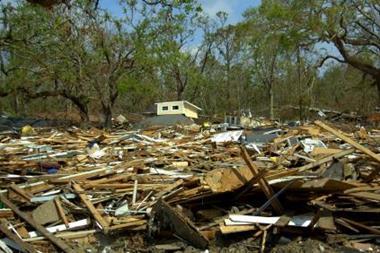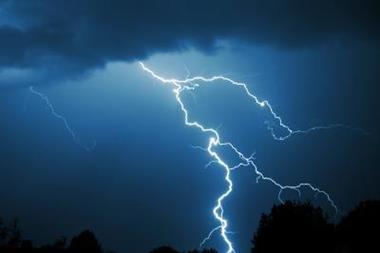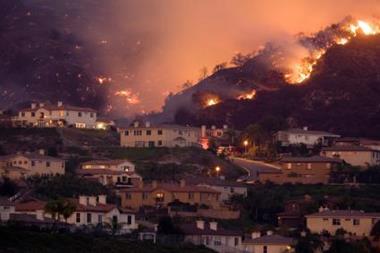David Bresch is head of the global atmospheric perils group within the catastrophe perils unit of Swiss Re and serves as chief modeller for all perils. He is also climate advisor to the board of Swiss Re. He talks to Catastrophe Risk Management about how science can support reinsurance. By Lee Coppack
Cat Risk: What is your background and how did you come to be working for a reinsurer?
Bresch: I am a physicist by training with a PhD from Swiss Federal Institute of Technology. My thesis was on the interaction of the ocean and the atmosphere and their influence on storms in the North Atlantic. I spent a year as a research associate at Massachusetts Institute of Technology (MIT) in Cambridge, Mass., and joined Swiss Re in January 2000, just after the devastating storms Lothar and Martin had hit Europe.
While working at MIT on the science and policy of climate change topics, I realised that quantification of risks not only raises awareness, but also makes complex risks more tangible, and so fosters an informed dialogue about how to best manage risk. Who else could be better suited to undertake this quantification if not a global company successfully managing risk and capital for more than a century?
Cat Risk: How can you turn scientific trends, which may emerge slowly, into useful underwriting information?
Bresch: The catastrophe unit acts as a transformer from science into business application. Within the cat perils team, our core competence is quantification of natural catastrophe risks – factoring in whatever the science community comes up with if business relevant. As the translation of climate trends into quantitative business impacts is difficult, indeed, we team up with leading scientific institutions to tackle this in joint projects, for example, coupling state-of-the-art climate models with Swiss Re’s proprietary loss models.
The best example is the focus report about the impact of climate on European winter storms. As a consequence of this study, we decided to update our European winter storm model regularly. As not only the expected loss, but also the capacity calculation is based upon this model, our underwriting accumulation control, capital allocation and portfolio management automatically benefit from this insight.
Cat Risk: Besides hurricanes and other tropical storms, what atmospheric perils do you regard as significant from a reinsurance perspective?
Bresch: European winter storms are a top potential risk, too, with an estimated European wide market loss in the order of 35 billion euros once every 150 years. Tornado, hail and associated perils, such as storm surge and torrential rainfall in association with tropical and extra-tropical storms, also deserve more consideration. Much attention should be given to multi-peril covers, where the market often tends to look at what it perceives as the main peril only.
Cat Risk: In terms of immediate importance for re/insurers, what do you think is the most important research currently taking place into atmospheric perils?
Bresch: The obvious one is to understand better tropical cyclone activity, both variability and trends. The climate change discussion has, for good reasons, initiated some research projects aimed at quantification of the impacts, related, for example, to European winter storms and floods. Swiss Re has several joint research projects underway, and we will initiate a dialogue with the re-insurance community as soon as first results become available.
Cat Risk: Modellers say they are increasingly able to incorporate physical data into their models rather than depending on statistical projections. What benefits or weaknesses do you see in the way they are doing this?
Bresch: No model is, or could be, an exact representation of reality. But models are good enough, and ever more refined, representations of reality to support sound business decisions. In that sense, cat models improved a lot over the past decade and are capturing the salient features. To what extent further refinements really increase skills or rather are to be regarded as part of a beauty contest remains to be seen.
State-of-the-art models do integrate historical data with physical models to simulate a vast kaleidoscope of possible, yet artificial, events that have never occurred but are physically possible. The benefits of such models to understand, quantify and manage natural catastrophe risks better are evident; they do help remind the market to adhere to sound underwriting based upon risk-adequate premiums and sustainable capital allocation.
Postscript
Lee Coppack is editor of Catastrophe
Risk Management
Email: lee.coppack@cat-risk.com
www.cat-risk.com
















